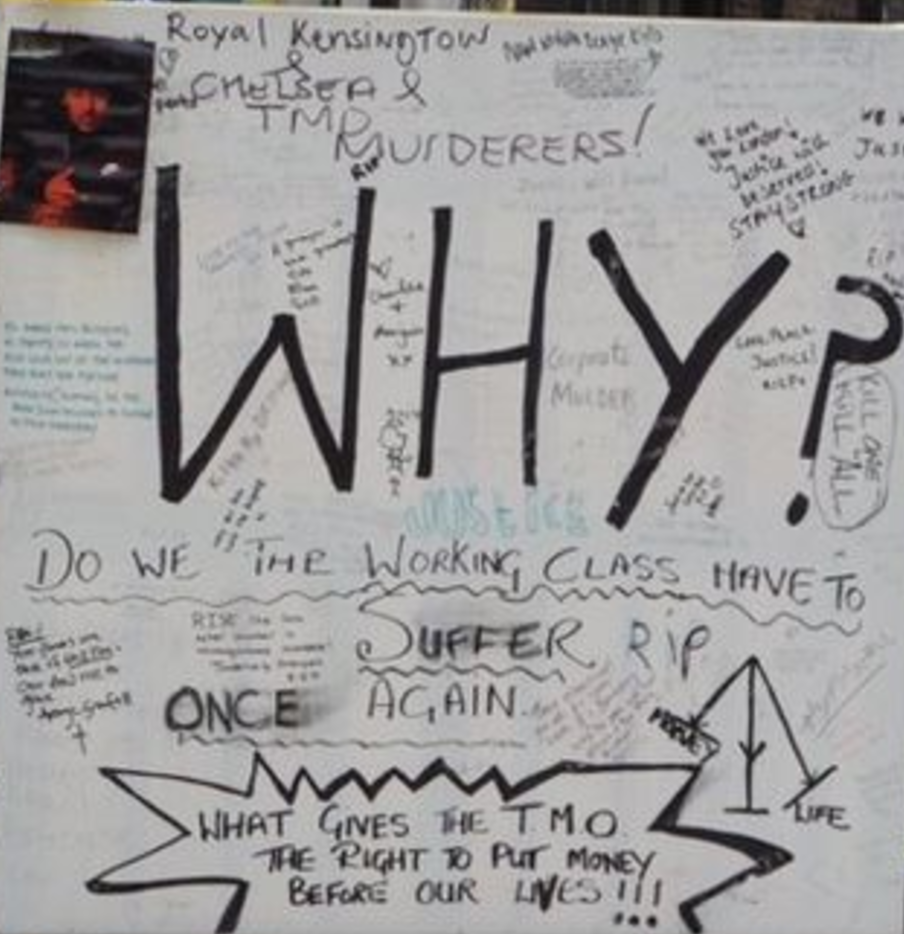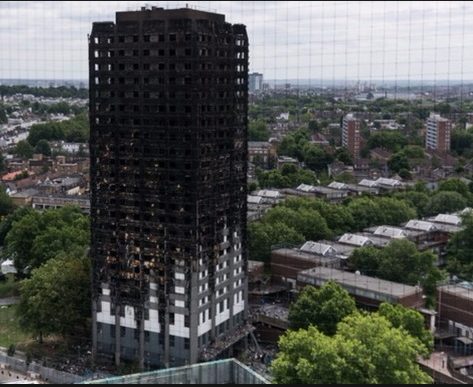
Grenfell inquiry


Earlier this year the Grenfell Tower inquiry has heard more than 400 hours of evidence form 53 witnesses, Including staff from Celotex which made the majority of the insulation say they behaved unethically, dishonestly and the company lied for commercial gain while getting the product approved for use on high-rise buildings, the company which hid the material’s use from the fire test report, official certification bodies and even the company’ sales staff. Kingspan a second company involved sold their insulation for use on high-rise buildings without a relevant large-scale fire test.
Although Kingspan’s insulation passed a test in 2005, Kingspan changed the product a year later. Subsequent tests turned into a “raging inferno”. But Kingspan continued to sell its insulation using the 2005 test on the old material. This test was only withdrawn in October 2020 after the company accepted it did not represent the product on sale.
The Architect never heard the phrase limited combustibility- the standard recommended for insulation on high-rise buildings. One fire test measured the spread of flame across the surface of a product, which performed the best were awarded a classification of Class 0. Kingspan took the surface off their insulation, a piece of foil thinner than a millimeter, and tested that on its own and advertised their whole insulation product as Class 0 – a standard which it did not achieve.
Lead counsel to the inquiry Richard Millett suggested that using Kingspan’s interpretation of the regulations, a stick of dynamite wrapped in a foil could also be advertised as Class 0.
The inquiry heard how 17 companies worked on the refurbishment through a complex web of contracting and subcontracting. Specialist cladding contractor Harley sent its drawings which breached regulations to architecture firm Studio E, thinking that they were checking that designs met regulations. But Studio E said it thought it only had to examine the building’s aesthetics and functional utility.
Jonathan Roper of Celotex admitted their marketing was deliberate and misleading.
Philip Heath of Kingspan said he thought the company’s marketing encouraged clients to contact them for more details and when it happened on one occasion Kingspan gave inaccurate evidence.
Grenfell Tower was run by Kensington and Chelsea’s Tenant Management Organisation who hired companies for the Grenfell Tower refurbishment. Including Studio E who had never clad a high-rise residential building before. Under EU rules expensive public projects were subject to a competitive tender process. While appointing the main contractor TMO breached EU procurement rules by informing one of the companies Rydon, it was in a pole position to win the work before the results were officially announced. TMO staff held a secret meeting with Rydon to discuss how to cut £800, 000 in costs from the budget which included cheaper cladding materials. One of the aims of the refurbishment was to improve the energy efficiency of the tower.
Max Fordham gave Grenfell an aspirational target of making the 1970s concrete block as efficient as a new build project, but they did not check the building regulation guidance to see if the products could be used.
Terry Ashton, from Exova, the fire safety consultants completed three fire safety strategies for the Grenfell Tower refurbishment, although none of them even acknowledged the crucial fact that the refurbishment involved cladding the outside of the building.
Investigators after the fire looked at the cladding that had been installed on Grenfell Tower and found a catalogue of errors related to how it had been installed as many cavity barriers intended to stop fire spreading through cladding were poorly fitted or installed in the wrong place some even attached back to front. Stopping them working.
Cladding installation company Osborne Berry, admitted unacceptable poor workmanship which should have been ripped out and redone.
Grenfell Tower had new windows fitted during the installation Rydon instructed its subcontractors SD Plastering to fill gaps around the windows with combustible insulation.
On the night of the fire, this was the main route for the flames to spread into the cladding.
Kensington and Chelsea’s building control department approved the construction of the Grenfell refurbishment accepted that their efforts fell below the standards of a reasonably competent building control inspector.
John Hoban did not notice that cavity barriers had not been designed around the windows to stop flames spreading to the outside wall and failed to recognise the cladding materials were not suitable for use together on high-rise buildings, and blamed local authority cuts and he was overworked as he was juggling between 130 projects.
Jonathan White a clerk of works who was paid more than £400 a day, but his remit only included checking that work was neat and tidy.
In January the inquiry expects to hear evidence from French company Arconic, which made the cladding panels, whose products the inquiry has already found made up of combustible polyethylene core which was the main cause of the spread of the fire.
A lawyer representing some of the bereaved, survivors, and residents has described Arconic along with the insulation manufacturers Celotex and Kingspan as “little more than crooks and killers” who “knew their material would burn with lethal speed”.
